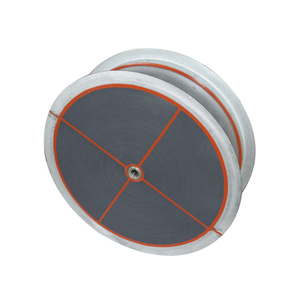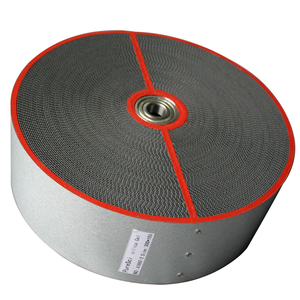What causes the machine to vibrate?
Views: 125 Author: Site Editor Publish Time: 2021-11-30 Origin: Site
Some of the machine's vibrations are normal operation, and some are signs of problems. In most cases, mechanical equipment is designed to avoid vibration, not to produce vibration. This article is to discuss the causes of vibration.
The harm of motor vibration
The vibration of the stator rotor motor will shorten the winding insulation and bearing life, and affect the normal lubrication of the sliding bearing. The vibration force promotes the expansion of the insulation gap, causing external dust and moisture to invade it, resulting in a decrease in insulation resistance and an increase in leakage current, and even an insulation breakdown. In addition, the vibration of the motor will easily cause the water pipe of the cooler to crack and the welding point will vibrate. At the same time, it will cause damage to the load machinery, reduce the accuracy of the workpiece, cause fatigue of all mechanical parts subject to vibration, and loosen the anchor screws. Or if it is broken, the wound rotor motor will cause abnormal wear of the carbon brushes and slip rings, and even severe brush fire will burn the collector ring insulation, and the motor will produce a lot of noise. This situation usually occurs in rotor motors dc.
There are three main reasons for vibration: electromagnetic reasons; mechanical reasons; electromechanical hybrid reasons.
1. Electromagnetic reasons
1). Power supply: the three-phase voltage is unbalanced, and the three-phase rotor motor universal runs under phase loss.
2). On the stator: the stator core becomes elliptical, eccentric, and loose; the stator winding has broken wire, ground breakdown, inter-turn short circuit, wiring error, and the stator three-phase current is unbalanced.
3). Rotor failure: the core of rotor of induction motor becomes elliptical, eccentric or loose. The rotor cage bar is unwelded with the end ring, the rotor cage bar is broken, the winding is wrong, the brush contact is poor, etc.
2. Mechanical reasons
1). The motor itself: Unbalanced desiccant rotor motor bulk, bent shaft, deformation of slip ring, uneven air gap between rotor and stator in motor, inconsistent magnetic center of stator and rotor, bearing failure, poor foundation installation, insufficient mechanical strength, resonance, loose anchor screws, motor fan damage.
2) . Cooperating with the coupling: The coupling is damaged, the coupling is poorly connected, the coupling is not centered correctly, the load is unbalanced, and the system is resonant. The shaft system of the linkage part is misaligned, the center line does not coincide, and the centering is incorrect. This kind of failure is mainly caused by poor alignment and improper installation during the installation process. There is another situation, that is, the center lines of some linkage parts coincide in the cold state, but after a period of operation, due to the deformation of the rotor fulcrum and foundation, the center line is destroyed again, and vibration occurs.
3. Mixing reasons for motor
1) . Motor vibration is often caused by uneven air gap, which causes unilateral electromagnetic tension, and unilateral electromagnetic tension further increases the air gap. This electromechanical hybrid effect is manifested as motor vibration.
2) . The axial series movement of the antenna rotor motor, due to the rotor's own gravity or installation level and the wrong magnetic center, the electromagnetic tension caused by the rotor causes the axial series movement of the rotor electric motor, which causes the outer rotor motor vibration to increase. In severe cases, the shaft wears the root and causes the bearing temperature rise rapidly.
The vibration tester newly developed by our company lies between the high-end and the low-end. Although the accuracy is not so high, but the cost is low, simple and easy to use.










